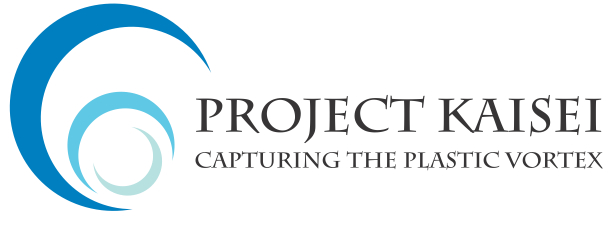2009
Project Kaisei embarked on its first expedition to the North Pacific Gyre. The 501c3, Ocean Voyages Institute, funded two vessels: the “Kaisei”, a 151ft brigantine owned by Ocean Voyages Institute, and the “New Horizon” from Scripps Oceanography. Each research vessel had a crew of scientists and volunteers to document many of the impacts occurring as a result of the large amounts of floating plastic waste in the ocean. Research was carried out for material science, toxicity, invasive species, ecosystem impact as well as clean up methods for large scale ocean debris removal in the future. Also, in 2009, Project Kaisei purchased a one-year license for an Ojingo Labs widget to enable one of the first video blogs used for environmental causes. Its social networking and engagement capabilities were highly complementary to promoting environmental messages and activities around the world. Google’s Geo Mapping capabilities were used to track every kilometer of the initial Project Kaisei voyage using an android application called ‘my tracks’. This groundbreaking program allowed the Kaisei’s location to be tracked automatically via GPS and uploaded to a Google My Map. This enabled individuals around the world to see in real time the problem of marine debris /ocean trash. A result of this collaboration led to Project Kaisei winning the “Google Earth Hero Award in 2009″.
2010
In 2010, we continued our studies regarding the movement of marine debris as well as the composition of the trash in order to better plan for a larger cleanup. On this trip, marine scientist Nicholas Mallos launched the Ocean Conservancy’s 25th International Coastal Cleanup (ICC) program, and brought a new collaboration to combine shore and sea-based cleanup to offer hope that a comprehensive approach to this problem can be realized. Project Kaisei also collaborated with the University of Hawaii and with NOAA to help validate some of the debris tracking modifications.
2012
In 2012, Project Kaisei conducted water sampling, tracked marine debris and evaluated the presence of debris generated by the tsunami in Japan. els that each group had established. In addition to the two voyages, Project Kaisei held a very successful four hour press conference to educate the Canadian public about trash in the ocean. For example, our press conference in Richmond, B.C. not only received tremendous coverage throughout British Columbia, but also resulted in a ten-minute Canadian National Television Report. Mary Crowley was questioned extensively about the issues involving the approaching tsunami debris. She was able to discuss the tsunami debris and also educate regarding the larger issue of global ocean trash stress that we have been advocating solutions for this issue.
Mary Crowley also participated in a workshop at the University of Hawaii, convened by Dr. Nickolai Maximenko, including NOAA’s National Marine Fisheries. The workshop addressed the tsunami debris approaching the Northwest Hawaiian Islands. All at the workshop were looking for solutions for selective cleanup of the debris in efforts to protect Midway and the Pacific Northwest.


